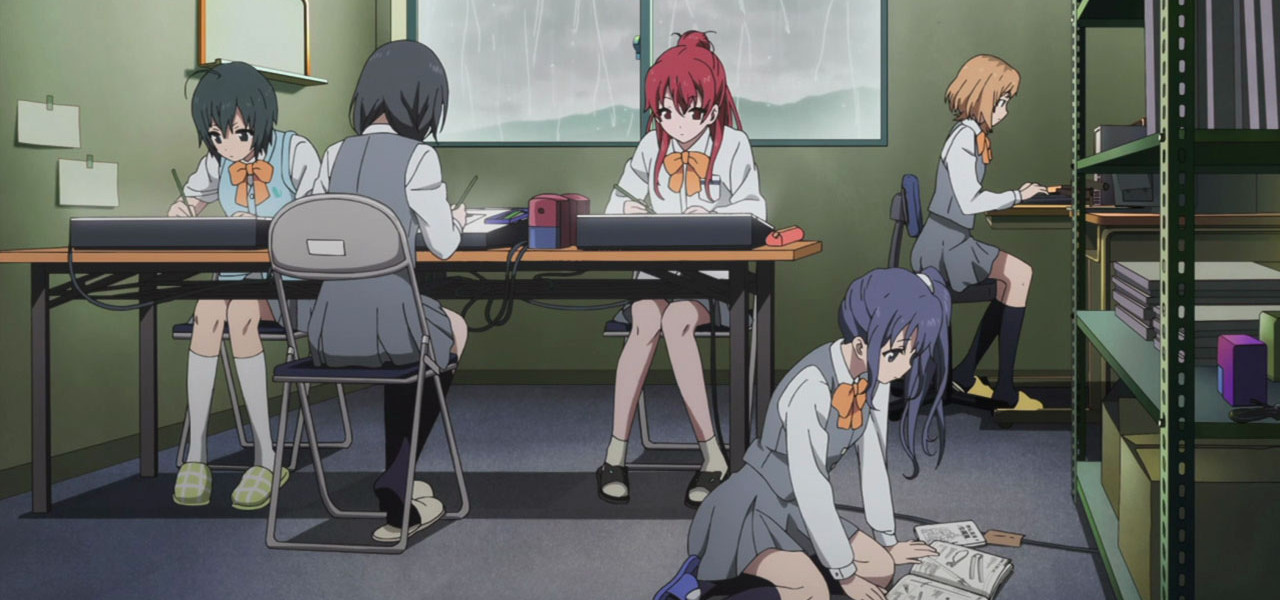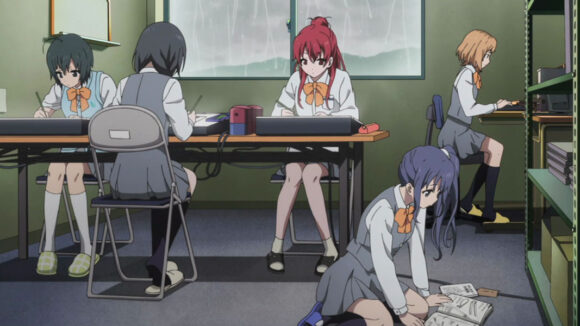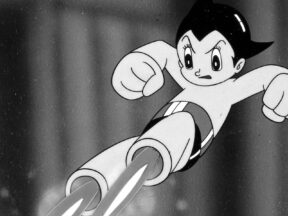

New Survey Shows Japan’s Animation Workers Are Overworked, Underpaid, And Regularly Face Harassment
The Nippon Anime & Film Culture Association, a non-profit dedicated to improving working conditions in Japan’s screen industries, has released a new study showing that the country’s anime workers are regularly overworked, underpaid, denied proper training, and harassed in the workplace.
NAFCA explained the purpose of its survey, writing:
This survey aims to reconfirm to what extent the image of the anime industry, such as “low income and long working hours,” matches or deviates from reality. It also aims to understand the current situation in order to utilize this information in future policy recommendations, etc.
Conducted between December 4, 2023, and January 31, 2024, the survey cataloged responses from 323 anime industry workers of different ages, experience levels, and genders.
Of the 323 respondents, more than a third were animators, and the vast majority were visual artists, although the survey did include replies from producers, sound designers, and voice actors.
According to the NAFCA, key takeaways from the study include:
- The average number of working hours per month for an anime industry worker is 219, the median is 225 hours, and the maximum is 336.
- 14% of respondents said that their hourly rate was equivalent to 600 ($3.97) to 800 ($5.29) yen, and the overall median was 1111 yen ($7.34).
- Comparing contracted employees and freelancers, contracted employees work longer hours and earn a higher median income, but the upper-income limit for freelancers is overwhelmingly higher.
- The passing of industry knowledge in the workplace decreases after the age of 30.
The report’s lone silver lining is that the anime industry offers more equal employment opportunities for men and women than other Japanese industries and that anime production is considered a “merit-based industry.”
Long Hours
That said, the survey’s results are fairly damning regarding most of the industry’s standards. 71.4% of workers average more than 8 hours per day, and 30.4% said they work more than 10 hours per day. While animation workers average 219 hours per month, Japan’s national average for all workers is just 162.3 hours per month.
Seniority played little part in the number of hours average employees worked, with 69% of people in their 50s reporting that they’re still averaging more than 8 hours per day and 21% saying they work more than 10 hours per day.
Low Pay
The study found that around 37.7% of the workers surveyed make less than 200,000 yen ($1,320) monthly. Given the long hours required to hold a job in the industry, most respondents (77.6%) said they couldn’t work other jobs to supplement that income.
For comparison, the median monthly salary in Japan in 2023 was 329,859 yen ($2,200), according to the Japanese Ministry of Health, Labor, and Welfare.
Age played a larger role in reported income, with 13% of people in their 20s answering that their monthly income was lower than 100,000 yen ($661) and another 67% reporting income of less than 200,000 yen ($1,320) per month.
Again, the only silver lining here was that wages for men and women are on par, and anime industry compensation is considered “merit-based,” regardless of gender.
Anime workers being underpaid feels especially egregious, although unsurprising, given that animated films are regularly the highest-grossing titles at the Japanese box office. Anime is also one of the country’s most widely exported cultural assets, and it’s disquieting to see that the people responsible for producing some of the world’s most popular films and series are not being compensated appropriately for their contributions.
Brain Drain
According to NAFCA, the industry is facing a technology succession crisis in which younger workers are not being properly trained and educated. Respondents over 30 said they learned how to do much of their job through connections at work from supervisors and senior employees. Yet the majority of those under 30 who replied to the survey said that they are studying on their own or at art schools and that traditional apprenticeship-style systems are disappearing.
NAFCA argues:
If things continue like this, the technology in the anime industry will eventually stagnate, and the industry itself may collapse, so it is extremely important for the industry to pass on technology and improve skills.
Workplace Harassment
One of the study’s most troubling conclusions came when respondents were asked if they’d experienced harassment in the workplace. Nearly two-thirds (65.8%) reported experiencing harassment, and a shocking 85.6% said that they had seen or heard colleagues being harassed in the workplace. Both of those figures are higher than the national averages in Japan.
A possible reason that harassment is so prevalent in the anime industry is that only 26.9% of those who responded experiencing or witnessing harassment ever reported it. Many indicated they don’t even know how or to whom they would report workplace harassment.
Conclusions
Although it found that compared to other industries, working in anime is disadvantageous in terms of hours and income, when respondents were asked, “Do you want to continue working in the anime industry?” 71.8% replied “yes” or “strongly agree.” Only 5.5% of respondents answered, “I don’t think so.”
NAFCA summed up its findings by explaining:
We learned that many people still love anime and want to work in this industry, even under difficult circumstances. We at NAFCA will continue to do our best to protect Japan’s proud anime culture and to help improve the situation for everyone working in the industry.
Pictured at top: Shirobako
All quotes were translated using Google Translate.

.png)


